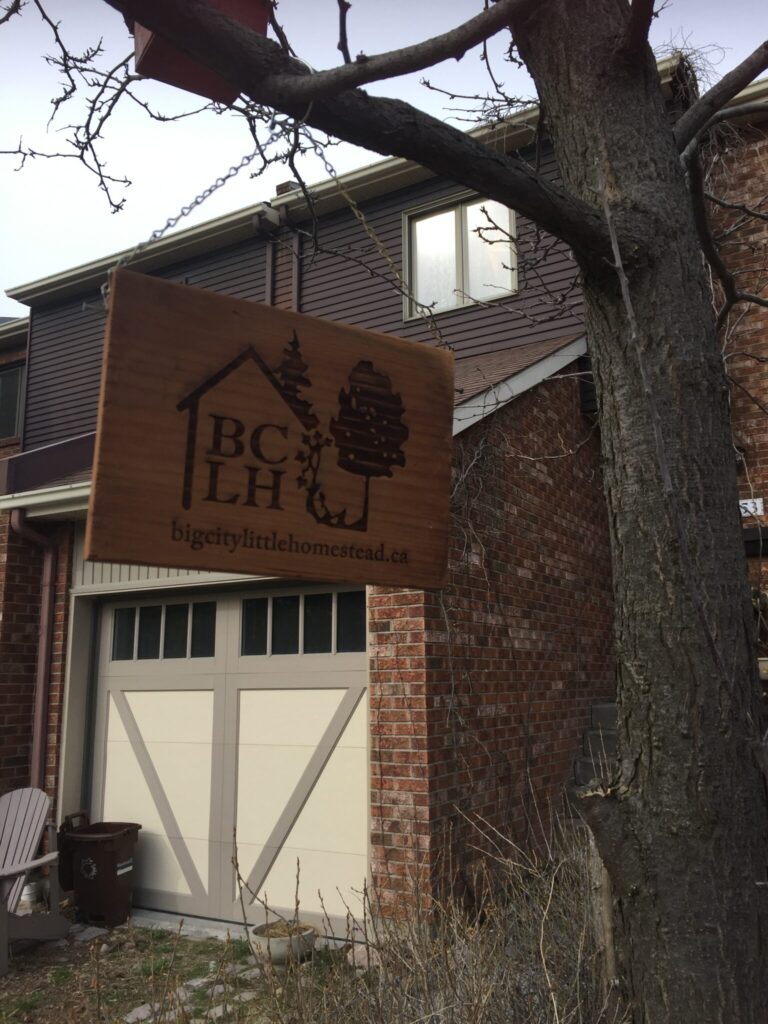This post is a bit of an addendum to Build a nest box for bluebirds and chickadees. If you want to use this one-board/scrap wood tutorial to actually build the box now and set it up as a roost box for the winter, you can flip it upright in spring to serve its nesting purpose.
In winter, birds keep warm by finding niches in which they can roost, and basically puff up and shiver all night long to stay alive. When the landscape is forested, there are lots of places they can go, but in the city, they have to be opportunists and find these niches wherever familiarity allows.
Birds are familiar with birdhouses (that’s what a nest box is, they’re the same thing, provided it’s functional – a lot of birdhouses are decorative), but they’re not the best configuration for winter roosting. While nesting, the birds brood their eggs and chicks on the floor of the box, with airspace above. Remember, cold air sinks. While roosting, the bird will want a sheltered space where their body heat is protected.
Fortunately, there’s a trick we can do to make a roost out of a nest box: Turn it upside down!
Of course it’s not quite that easy. You have to reconfigure the entry to the space to be at the bottom, add a perch inside, and then winterize it. This gallery of pics will show you how, using my front yard chickadee box:








This project will rarely show you proof that the birds use it, but trust that they will. Maybe I ought to come up with a cam project so we can peek in on them!
If the base of your nest box is recessed and has corner drainage, you’ll have to either put a roof on it (because the base is now the ceiling) or wrap it against the elements using landscape cloth or burlap.
You can also mount the roost box to a tree.












